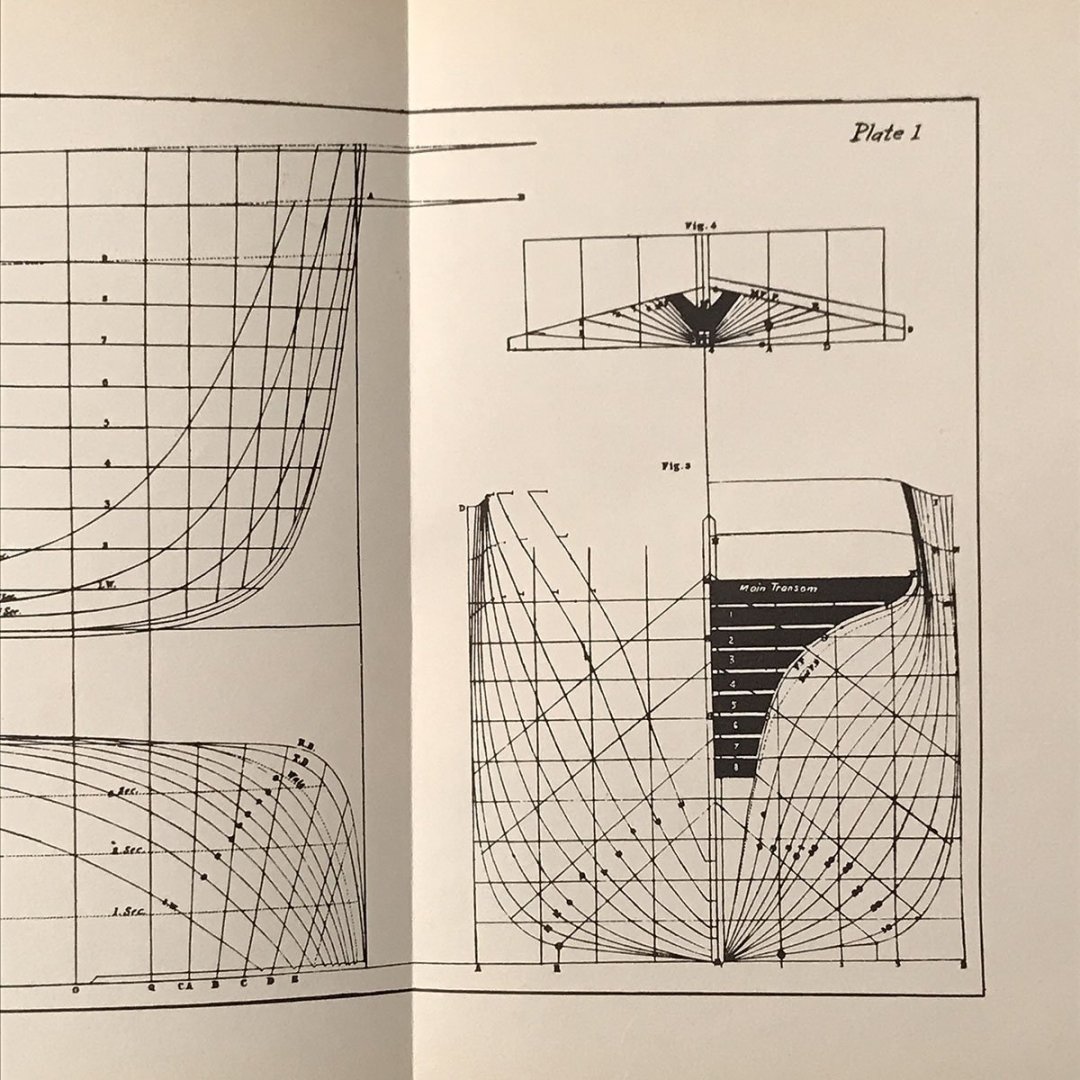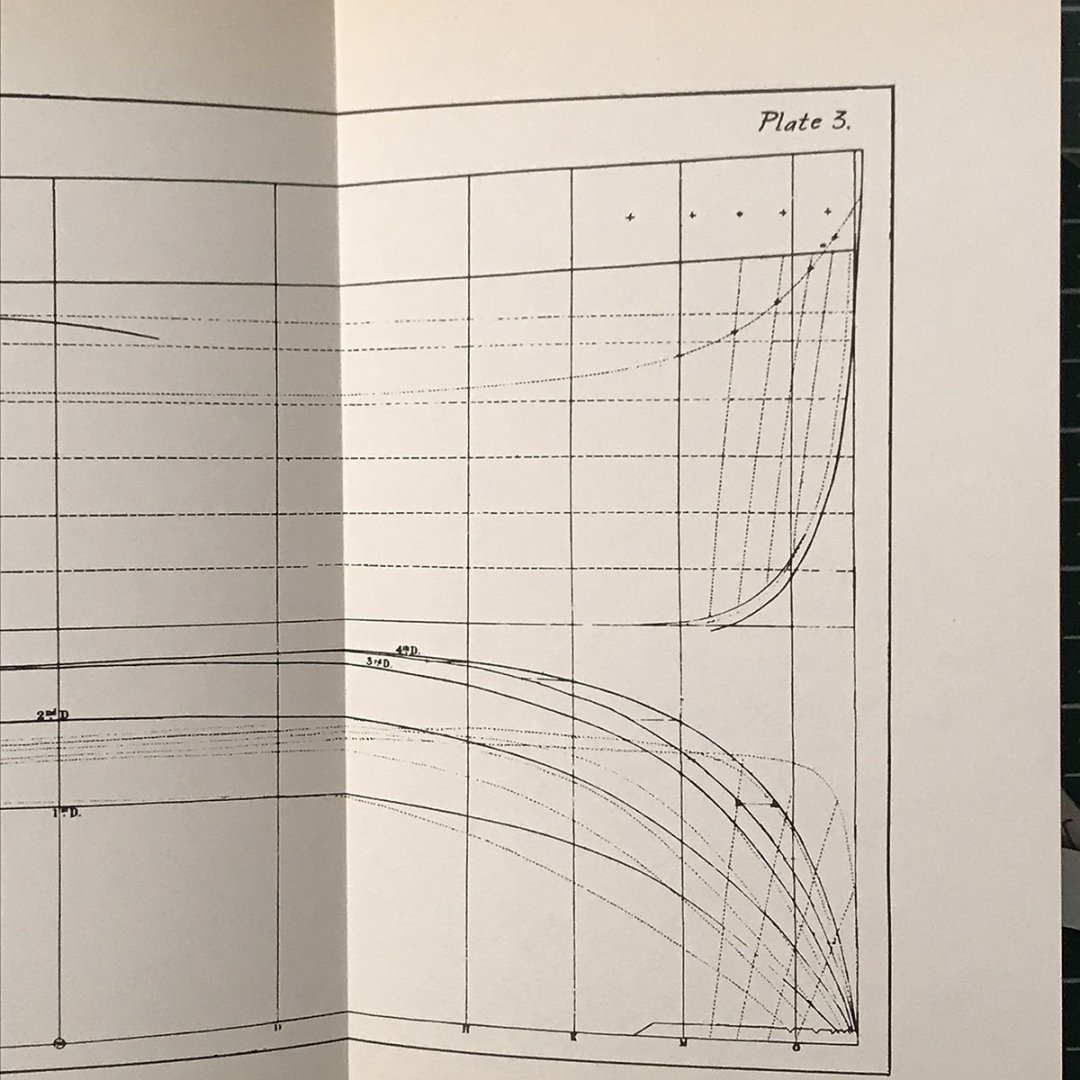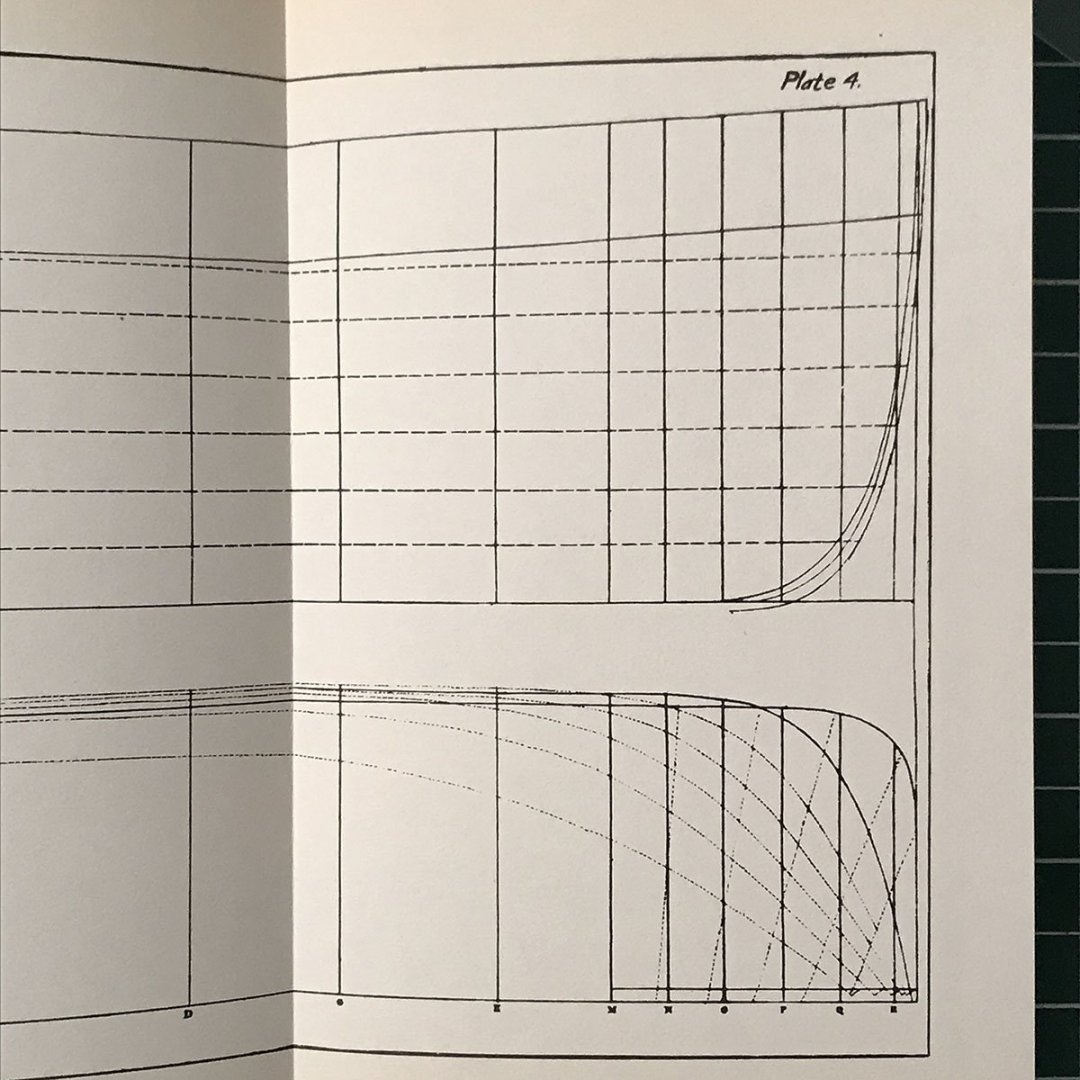-
Posts
13,181 -
Joined
-
Last visited
Content Type
Profiles
Forums
Gallery
Events
Everything posted by druxey
-
In the Pitt Rivers Museum online catalog: http://objects.prm.ox.ac.uk/pages/PRMUID26082.html Click on any image to enlarge it. Photos are, I believe, normally able to be ordered.
- 2 replies
-
- model
- 17th century
-
(and 3 more)
Tagged with:
-

HMCSS Victoria 1855 by BANYAN - 1:72
druxey replied to BANYAN's topic in - Build logs for subjects built 1851 - 1900
I don't believe that fids were ever made of wood.- 993 replies
-
- gun dispatch vessel
- victoria
-
(and 2 more)
Tagged with:
-
Willkommen! Yes, the rabbit hole of fine tools is one that one can dive deep down into, as well as that of ship models. Each is a great excuse for the other.
-

HMCSS Victoria 1855 by BANYAN - 1:72
druxey replied to BANYAN's topic in - Build logs for subjects built 1851 - 1900
I suspect that the fid would have a beveled bottom surface. To make the slot for the fid other than vertical would invite a split in the wood. Mast stops would probably have been at right angles to the spar. The eyes of the stays would be able to bend sufficiently, as in other vessels.- 993 replies
-
- gun dispatch vessel
- victoria
-
(and 2 more)
Tagged with:
-

18th Century Harbour Crane by Ekis - Shipyard - 1/72 - CARD
druxey replied to Ekis's topic in Completed non-ship models
Very nice result.I like that you showed the interior mechanism as you have. It would make a great item to show in a full diorama! -
No of course it isn't, Rob! I'm sorry if I gave the impression that it was. These are representative vessel types to illustrate various points of practical shipbuilding. They are all generic; titled 'Brig', 'Ship', 'Pilot Boat', etc. However, all have relatively vertical stems.
- 3,560 replies
-
- clipper
- hull model
-
(and 2 more)
Tagged with:
-
It's funny how, sometimes, the things we look forward to with dread turn out to be not such a big deal after all. It's the pieces that one thinks will be easy that trip one up!
- 2,669 replies
-
- heller
- soleil royal
-
(and 9 more)
Tagged with:
-
- 3,560 replies
-
- clipper
- hull model
-
(and 2 more)
Tagged with:
-
If it's of any help, the draughts in McKay's book all show almost vertical stems.
- 3,560 replies
-
- clipper
- hull model
-
(and 2 more)
Tagged with:
-
The extension lines (the ones between the ends of a measured dimension) at the right end of the drawing are not separated from the drawing itself. That is the origin of the confusion.
-

Cutter Grace 1763
druxey replied to tabycz's topic in CAD and 3D Modelling/Drafting Plans with Software
On a side note, can anyone identify the item forward of the tiller (photo above) that appears like a diagonal crest? Another oddity is the wheel almost against the bulkhead. How was it connected to the rudder? One would need to steer the wheel facing aft! Was this a later addition? -
A real milestone, Steven! Well done at sticking to it until all the oarsmen were complete. You just crossed the finish line of the marathon... or am I mixing my metaph-oars - I mean metaphors?
-

Cutter Grace 1763
druxey replied to tabycz's topic in CAD and 3D Modelling/Drafting Plans with Software
Craig: Your schematic sketch is about right. Open so that the tall rudderhead can pass through (which is unusual), but perhaps there is a rudder coat around to prevent water coming up or going down and a hinged lid on the aft part, like the one just above in post #12. -
Beautifully executed. I think what is bugging you is the size of the ball on the end of the anchor stock. It only needs to be large enough so that the stock won't slip through the shank. Otherwise, it looks very, very convincing.
-

Stealers
druxey replied to Sheerline's topic in Building, Framing, Planking and plating a ships hull and deck
You have a great attitude! Part of the problem you have is that the hull form is a very full one with round bow. This is the most tricky shape to cover neatly, but it can be done. As you've discovered, there's lots of advice available here.- 23 replies
-
- hms victory
- corel
-
(and 1 more)
Tagged with:
About us
Modelshipworld - Advancing Ship Modeling through Research
SSL Secured
Your security is important for us so this Website is SSL-Secured
NRG Mailing Address
Nautical Research Guild
237 South Lincoln Street
Westmont IL, 60559-1917
Model Ship World ® and the MSW logo are Registered Trademarks, and belong to the Nautical Research Guild (United States Patent and Trademark Office: No. 6,929,264 & No. 6,929,274, registered Dec. 20, 2022)
Helpful Links
About the NRG
If you enjoy building ship models that are historically accurate as well as beautiful, then The Nautical Research Guild (NRG) is just right for you.
The Guild is a non-profit educational organization whose mission is to “Advance Ship Modeling Through Research”. We provide support to our members in their efforts to raise the quality of their model ships.
The Nautical Research Guild has published our world-renowned quarterly magazine, The Nautical Research Journal, since 1955. The pages of the Journal are full of articles by accomplished ship modelers who show you how they create those exquisite details on their models, and by maritime historians who show you the correct details to build. The Journal is available in both print and digital editions. Go to the NRG web site (www.thenrg.org) to download a complimentary digital copy of the Journal. The NRG also publishes plan sets, books and compilations of back issues of the Journal and the former Ships in Scale and Model Ship Builder magazines.





